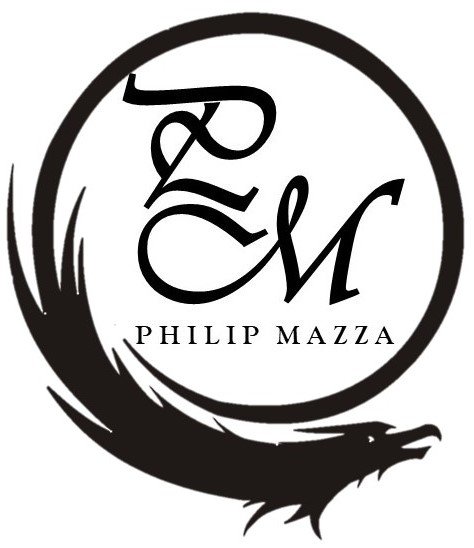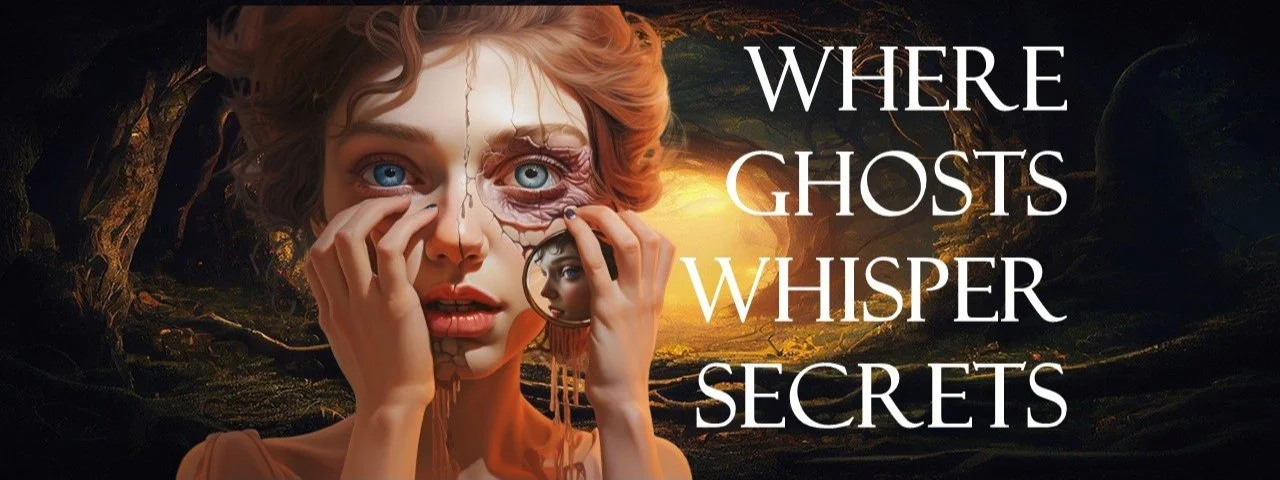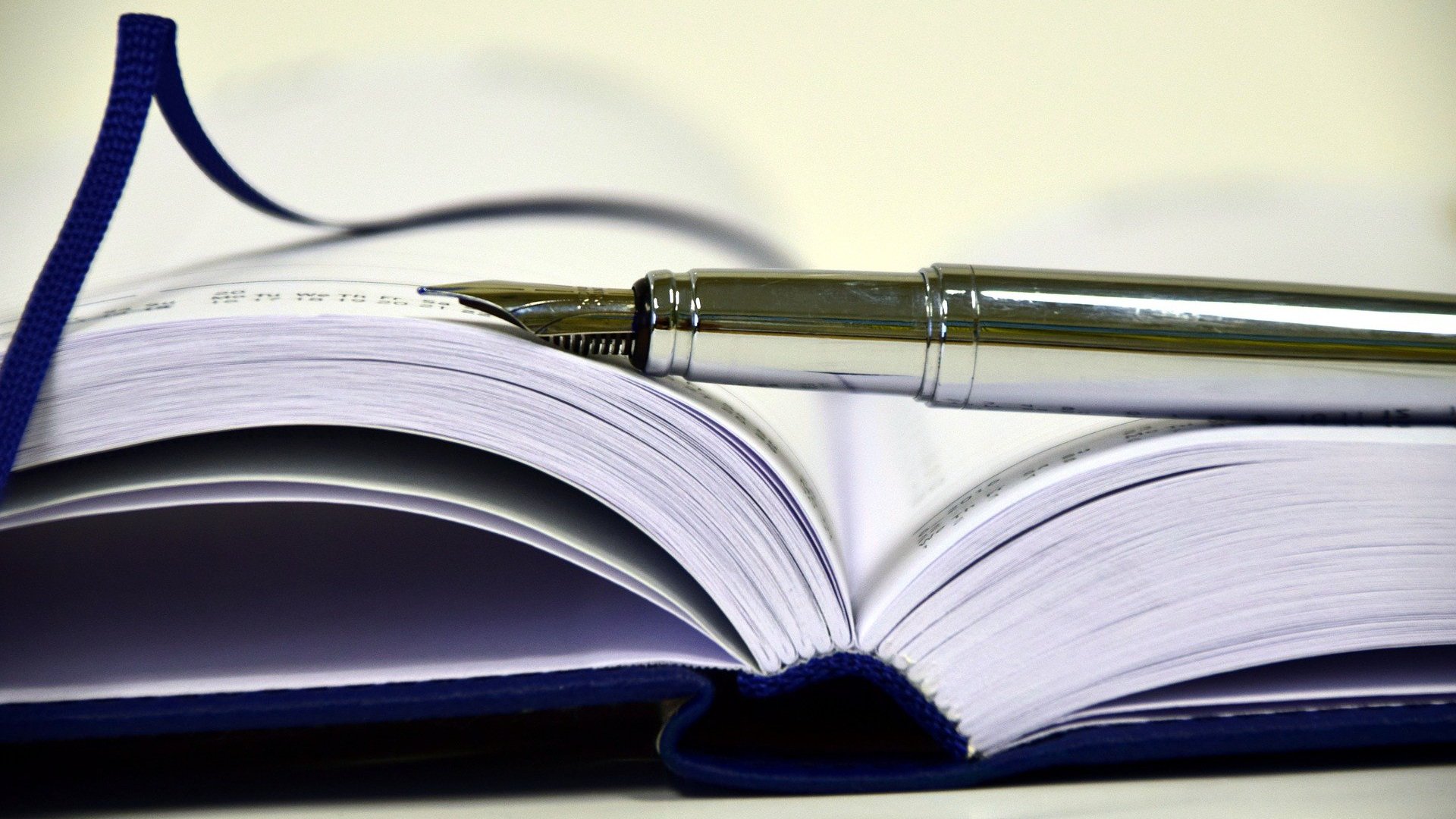How to Write a Novel
/Introduction: Why people write novels
So you're a budding author? Great! Welcome to the club!
What is the dream of every aspiring writer? To write a best-selling novel. There's nothing that lights up people's eyes more than telling them they have written a story that will be read by millions. But how does one go about doing this? Is it enough to just write a story and hope for the best?
Well, kind of.
Let's be honest. The world needs more people who wish to take the time in front of an empty canvas and fill it with words that create emotions in the reader.
Oh, so that's it, eh? Words should create emotions in the reader? Exactly. And, through such emotions, the author weaves his core themes. An example of this is with Tolkien and the Lord of the Rings. Tolkien noted in his letters that the focus of The Lord of the Rings was the denial of death and the human desire to escape from this. The tale is not really about power and dominion, as you might think: that sets the wheels in motion through emotion; it is about death and the desire to escape the act.
Here are some helpful hints on how to craft your novel.
To outline or not outline
Do you want to know whether or not to outline? That's the question. Many people think they can write a novel without an outline, but don't actually know where the story is going.
But if you take the time to outline your novel, the process of writing will be considerably easier.
You see, novels are complex creatures. They're usually about 50,000 words long and might take the writer a long time to write. With so much to keep track of, especially with epic fantasy or science fiction novels, it's easy for writers to get lost. The first thing you need is an outline. To come up with a decent outline, you should decide where the story starts and ends, and then fill in the blanks as you go along. The "filling in the blanks" part is what is most exciting for the writer - it's almost god-like!
Outlining your story is a great way to keep you on track while, at times, jumpstarting your creative juices. By this, I mean, periodically reviewing your outline and looking for variations is a great way to avoid writers' block. And remember this: when we talk about an outline, we're not only talking about listing defining events of your story and various character conflicts (conflicts = emotions), but also what I call "character cards".
A "character card" is a synopsis of each of your characters. It should include their name (of course), a physical description, a brief history of where they've been, what they've done, and their psychological makeup. It's important for the writer to also keep the contents of the character card in mind to ensure consistency, or for those times when the writer wants the character to undergo change, brought about by an event from the outline.
Outlining a novel can be a daunting task. Many writers have different preferences for what works best for them, and it's important to find the method that fits your style of writing. There are many outlining methods, but they all have a common goal: outlining your plot, so you know how the story unfolds from beginning to end. Outline methods vary from simply taking notes on index cards or computer files, to having an overview of each scene. Many writers use software programs such as Scrivener (which I use), or other programs to help them plot their way.
Remember, an outline keeps the writer on track while also ensuring consistency and continuity.
The first line of the novel
This is a critical step in writing a novel.
Every book starts with the first line, but how important is that first line? The importance of the first line can be seen in many different ways. Some people think that it should be an attention-grabbing sentence that draws readers into the story. Other people believe that it should set up the tone for the rest of the book, and be interesting enough to keep the reader interested. If this doesn't pull the reader in, the rest of the novel will not succeed. The first line should play to what the reader wants to read.
In the novel "Night" by Elie Wiesel, a young Jewish man is taken from his home, thrown into a concentration camp, and forced to live in a dark world in which he is stripped of his family, dignity, and identity. He begins to lose all sense of time and space as prisoners are starved, overcrowded in barracks that hold upwards of 100 people per room.
The first line of the novel is not an easy feat to pull off. But, through many writing sessions and edits, it's possible to come up with something that will grab the reader's attention. Remember, it must set the tone for what comes next and begin the process of filling the reader with emotions, sometimes comfortable emotions, but many times uncomfortable emotions.
And - oh, this is as critical - the writer must give the same care to the first line of each chapter. The first line is what must not only draw the reader in, but also keep the reader reading!
The beginning of the story, setting, and characters
The beginning of the novel is where you describe the characters and place of the story. This is also when you set up the entire story arc. The story arc will dictate a lot of what happens in the novel.
Some novels, such as Jane Eyre by Charlotte Bronte, have a setting that is not readily apparent. In the book, it is unclear up until the very end where the story takes place. The characters of a novel are what make a novel stand out from others, and it is important to be able to distinguish them from other characters.
In another example of setting, the story of Animal Farm is founded on the clever idea of using animals to represent characteristics that are associated with humans. The setting is an old English farm, where the animals live in three main areas - one for horses, one for cows, and one for sheep. The characters are a group of pigs who take over the farm after pushing out its owner, Mr. Jones.
So, the writer starts with a story and setting and throws into this stew, characters. All three, together, form a story arc. A story arc is best defined as a sequence of events that occurs during the course of the narrative. Think of it as a series of scenes in a movie, a plot device to move the story along. For example, the writer may have a story arc that centers on the protagonist's struggles with love and family. Each scene along the way builds upon the past, eventually creating an emotional climax and resolution.
It can be helpful when writing a story to create an outline for the events in the plot using story arcs. There are many different types of story arcs, but most often they can be grouped into four categories: linear, circular, chronological, and cause-effect. A linear story arc has many events that occur in sequence, progressing chronologically either forward or backward in time. Circular arcs are similar to a linear story arc, but they progress around and around the same plot point. A chronological story arc has events that are not related to one another. For example, a Christmas story arc may have the character getting her new Christmas sweater on Christmas Eve. A cause-effect story arc is more random. It has no order at all.
Tools to use when writing a novel
The tools needed to write a novel are less expensive than you may think. With just a little bit of time, one can have all the necessary resources to work with. If you are a writer that is just starting out, then it's important to have everything that you need in order to produce a high-quality tale.
There are many tools that you can use to help you write your novel. You might already have many of these things on hand. Some of these tools include a laptop, a writing pad, a highlighter, paper, and a pen. Of course, all this can be done using a computer and various types of computer software. I use Scrivener, but also Google docs (for when I travel), as well as other software programs that help me check my spelling and grammar.
I also use an AI program - not to write my story - but rather to review my sentence structure and provide recommended changes, or alternatives. This helps me to think differently in how I structure my sentences, my words.
Remember - where a painter has a canvas, brush, and paint to tell a story - the writer has words. It's up to the writer to take those words and put them in the best order to tell the story he wants to tell.
The ending of the story
The ending of the story should leave the reader wondering what the next chapter will be like. Fiction can be very confusing at times, and the ending of the novel should leave the reader wondering what is going to happen next. The reader must find himself wondering what the next chapter has in store for him.
This is no different for the writer. The writer will stare at the outline and begin to fill it with twists and turns, just wanting to know what happens next. Whether it be a good thing or a bad thing, the writer wants to know what happens next. Remember: god-like.
There have been many times when I will stop writing and walk away just to think of the possibilities and where those possibilities will take the story. And, while all this is good and fun for me, I always remember that the focus has to be on closure, the ending of the story.
The writer must understand that the purpose of fiction is to entertain the reader - not to bore him. And, at the end of the story, the reader should be left with a smile on his face and a feeling of closure.
Lastly, remember - where the beginning of the story, its first sentence was important, the last sentence has incredible power to take readers on an emotional rollercoaster as they finish the book.
Here are some helpful links:
How to Write a Novel
How to Write a Novel - A 12-Step Guide
10 Rules for Writing a Good Novel







